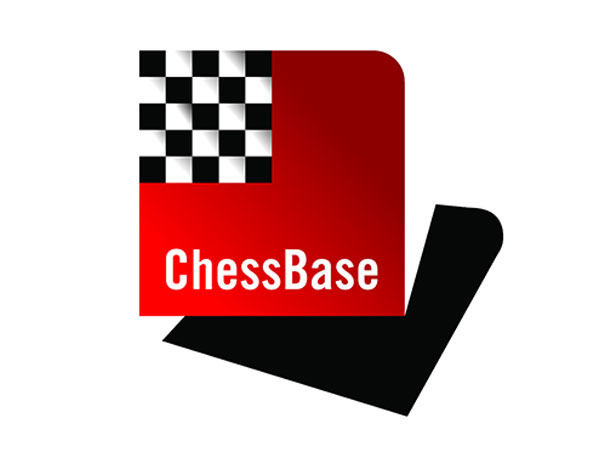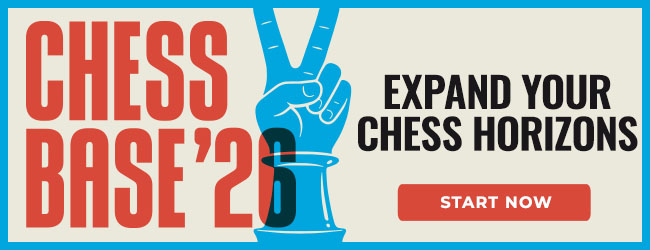Dennis Monokroussos writes:
Contemporary chess is characterized by concrete, dynamic play. Material is
sacrificed, weaknesses are accepted, and pieces move to all sorts of peculiar
squares – as long as it works! Nevertheless, we sometimes need to be reminded
that (as Freud might say) a weakness is just a weakness.
Our game this week is a perfect illustration of this thesis. In the game Najdorf-Averbakh,
from the famous 1953 Neuhausen/Zurich Candidates Tournament, White accepted
a doubled c-pawn for a smidgen of space and a dash of activity. The pawns were
safe enough – they weren’t under attack, the c-file was closed and
they could be easily defended in any case – and so it seemed to White
like a reasonable bargain.
In fact, there really wasn’t anything wrong with Najdorf’s choice,
but that doesn’t mean his decision to accept doubled pawns was risk-free.
He was risking one sort of disadvantage for compensation, and the danger is
that the compensation will dry up. That’s what happened here, and Averbakh
– more on him below – demonstrated the under-appreciated rule of
thumb that doubled pawns are a double weakness. Not only are the pawns themselves
weak, but very often the square of the leading pawn is weak as well (c4 in this
game, most typical of Nimzo-Indian structures). Black pressured the pawn –
and although White was able to save the pawn by playing c5 followed by cxb6,
that still didn’t fix the problem of the weak square, and allowed Black
to enjoy even more pressure with …cxb6! followed by mayhem on the c-file.
Averbakh, who won this game convincingly, was one of the greatest players of
the 1950s. He made it to the 1953 Candidates, won one Soviet Championship (1954)
and tied for first in another (1956), and is one of the relatively few players
known both for his opening and endgame contributions. On February 8 of this
year, he turned 85, so we’ll take this opportunity to celebrate his birthday
and commemorate his chess.
See you this Thursday!
Dennis Monokroussos'
Radio ChessBase
lectures begin on Thursdays at 9 p.m. EDT, which translates to 02:00h
GMT, 03:00 Paris/Berlin, 13:00h Sydney (on Friday). Other time zones can
be found at the bottom of this page. You can use Fritz or any Fritz-compatible
program (Shredder, Junior, Tiger, Hiarcs) to follow the lectures, or download
a free trial client. |
You can find the exact times for different locations in the world at World
Time and Date. Exact times for most larger cities are here.
And you can watch older lectures by Dennis Monokroussos offline in
the Chess Media System room of Playchess:
Enter the above archive room and click on "Games" to see the lectures.
The lectures, which can go for an hour or more, will cost you between one and
two ducats.
That is the equivalent of 10-20 Euro cents (14-28 US cents).
 Dennis
Monokroussos is 40, lives in South Bend, IN, and is an adjunct professor
of philosophy at the University of Notre Dame.
Dennis
Monokroussos is 40, lives in South Bend, IN, and is an adjunct professor
of philosophy at the University of Notre Dame.
He is fairly inactive as a player right now, spending most of his non-philosophy
time being a husband and teaching chess. At one time he was one of the strongest
juniors in the U.S., but quit for about eight years starting in his early 20s.
His highest rating was 2434 USCF, but he has now fallen to the low-mid 2300s
– "too much blitz, too little tournament chess", he says.
Dennis has been working as a chess teacher for seven years now, giving lessons
to adults and kids both in person and on the internet, worked for a number
of years for New York’s Chess In The Schools program, where he was
one of the coaches of the 1997-8 US K-8 championship team from the Bronx, and
was very active in working with many of CITS’s most talented juniors.
When Dennis Monokroussos presents a game, there are usually two main areas
of focus: the opening-to-middlegame transition and the key moments of the middlegame
(or endgame, when applicable). With respect to the latter, he attempts to present
some serious analysis culled from his best sources (both text and database),
which he has checked with his own efforts and then double-checked with his
chess software.
























